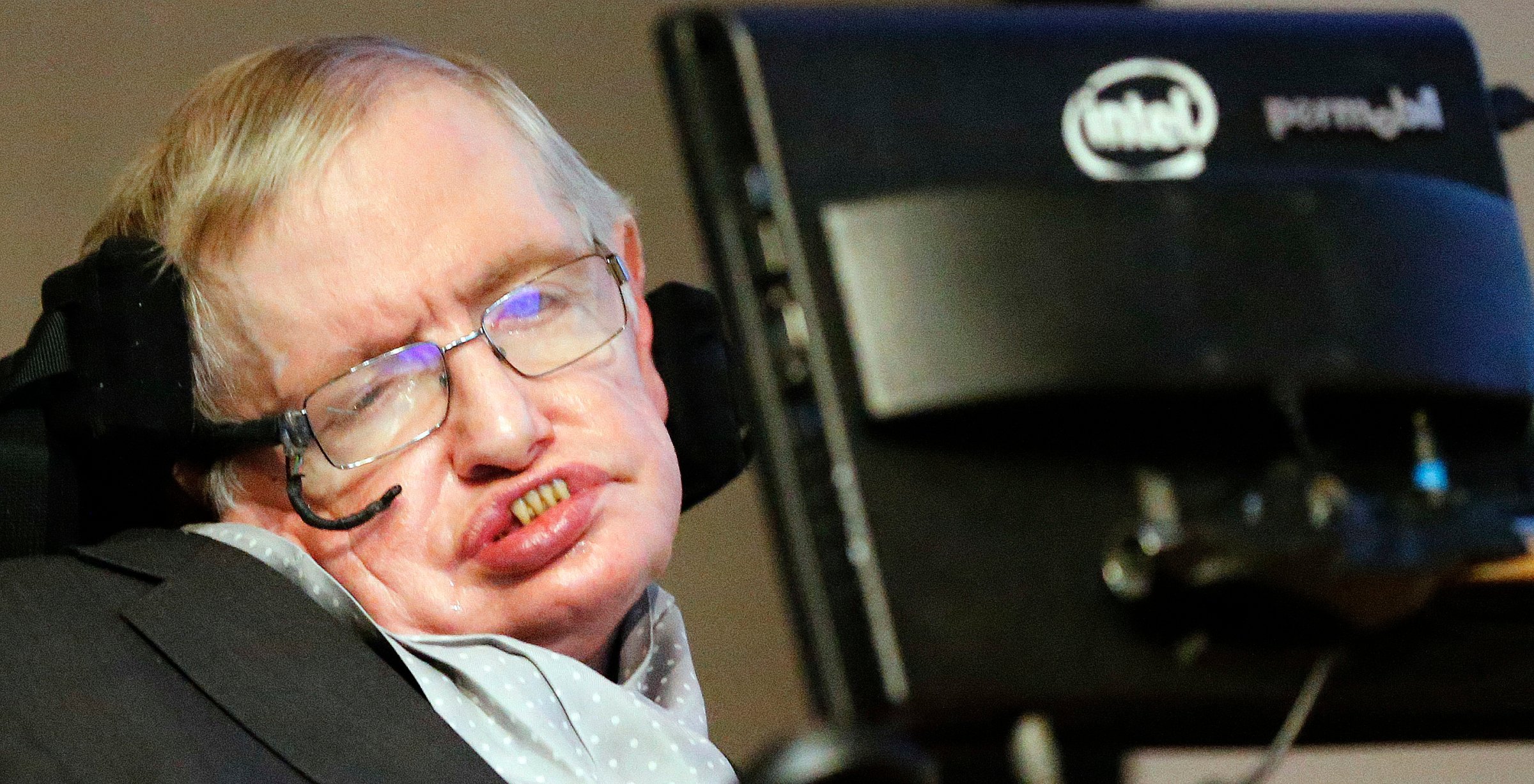
When he was offered a seat on Richard Branson’s Virgin Galactic SpaceShipTwo vehicle, Stephen Hawking immediately said yes.
In the foreword for How To Make A Spaceship by Julian Guthrie, published in The Guardian, the physicist states his belief in the potential of commercial space travel, both for exploration and the preservation of humanity.
“I believe that life on Earth is at an ever-increasing risk of being wiped out by a disaster,” Hawking writes, giving the examples of a sudden nuclear war or a genetically engineered virus.
“I think the human race has no future if it doesn’t go to space. We need to inspire the next generation to become engaged in space and in science in general, to ask questions: What will we find when we go to space? Is there alien life, or are we alone? What will a sunset on Mars look like?”
Hawking explains that despite having had ALS (amyotrophic lateral sclerosis) for fifty years and living two thirds of his life “with the threat of death hanging over [him],” he has no fear of adventure; he’s sped down steep San Francisco hills in his motorized wheelchair and experienced zero gravity in a Boeing 727 jet.
Traveling to space on board Branson’s VSS Unity will be the latest in a long list of “daredevil opportunities” that have been presented to him – and Hawking is clearly keen to experience what life beyond Earth has to offer.
More Must-Reads From TIME
- The 100 Most Influential People of 2024
- Coco Gauff Is Playing for Herself Now
- Scenes From Pro-Palestinian Encampments Across U.S. Universities
- 6 Compliments That Land Every Time
- If You're Dating Right Now , You're Brave: Column
- The AI That Could Heal a Divided Internet
- Fallout Is a Brilliant Model for the Future of Video Game Adaptations
- Want Weekly Recs on What to Watch, Read, and More? Sign Up for Worth Your Time
Write to Kate Samuelson at kate.samuelson@time.com